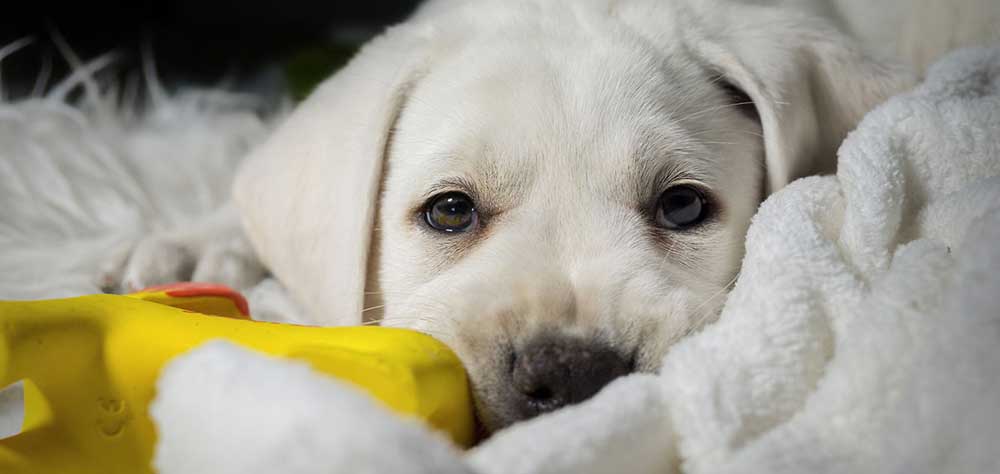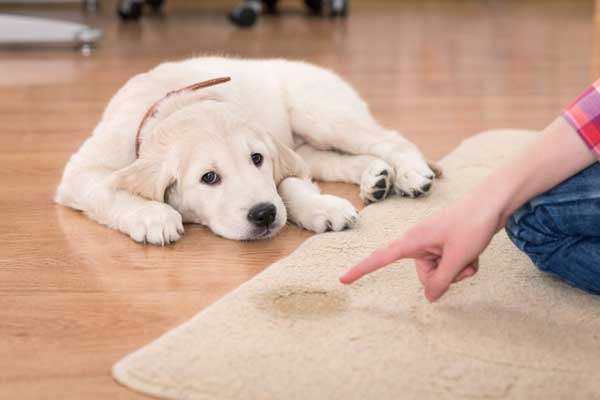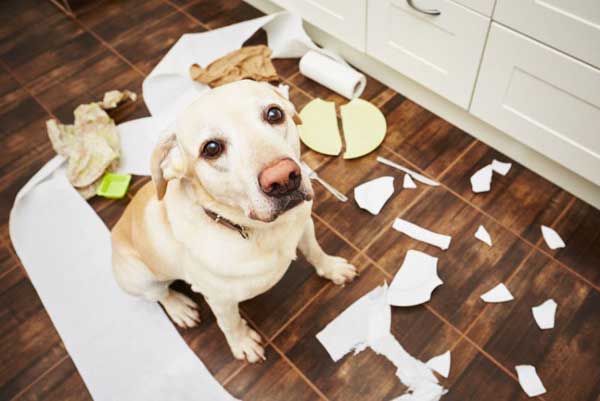More
More
Before the first sip of hot morning coffee and until the last sleepy yawn of the evening, Sofia focuses her soul and energy on her pack of six, fluffy Siberian Huskies. This young Colorado musher might have the most amazing occupation a dog-loving, outdoor enthusiast could ever hope for! All six of these smiley pups were considered "last round draft picks" in the eyes of sled dog mushers, but not to Sofia, who now has a pack of awesome misfits. This team lives, breathes and loves sled dog racing. Cruising through snowy trails surrounded by breathtaking views, and enjoying every second of it; this is why these special sled dogs are featured as this week’s Working Dog Wednesday story!
How did you get into sled dog racing?
How did I get into racing? Hmm... Well, I began like many young musher fledglings. I adopted three retired sled dogs when I was 12. I made a makeshift sled out of my orange plastic kid sled. The time that I took off with my first three guys, I fell deeply in love. It was more than a sport... it was the ultimate adventure! 3 dogs quickly turned to 6. I started acquiring misfit dogs from many different kennels, houses and rescues. I
acquired the dogs no one wanted. They were not from the best racing lines, but they were a team, my team, of misfit rebel pups. Since then, we have been racing for about 5ish years, traveling all over Colorado. Now, this sport is deeply rooted in my life and the life of my family. One day maybe we will make it to Iditarod.
You have a lot of huskies! What are their names?
I race all Siberian Huskies
Lead dogs: Naomi and Katya
Swing/ Team dogs: Badger and Serenity
Wheel dogs: Pirate and Razzie


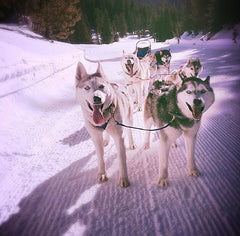
We are newbies when it comes to sled dog racing. How does a sled dog race work? How do you determine the lineup of your dogs?
There are many forms of dog sled racing. Long distance racing is set up a little bit different than sprint racing. Sprint races are shorter mileage that takes place in heats or classes. I sprint race. Typically, you have an 8 dog - 8 mile, 6 dog - 6 mile, 4 dog - 4 mile, and 1 mile sportsman. There are also skijor classes that have two dogs that follow the 8, 6, and 4 mile format. Long distance might take days to run, but sprint races take minutes. The fastest teams take about 17 to 20 minutes. Races begin in 1 minute intervals and we wait for the last musher to return from the trail before the next class begins. Each musher has a different way of setting up their dogs. Typically, the lineup is lead dogs, swing dogs, team dogs and wheel dogs. I choose my leaders based on their wit and willingness to listen. My wheel dogs are chosen based on their drive to pull. There is a whole lot more in regards to sprint racing, come watch one!

Describe a typical day in the life of a musher.
Typical day of a musher...let's see. My dogs come first thing in the morning, like most mushers. Even before the coffee is turned on, we are outside taking care of the dogs. Many mushers feed their dogs early in the morning or let them run in a big yard to play. I usually let them play before I feed them. While the dogs are playing and stretching out their legs, it's time for some poop scoopin. A clean yard makes happy pups. Typically, if you train every day, you get up early in the morning, load up the team in the truck, and go for a run. I usually like to do that, so that they get exercise. During off season, and even during the season, the dogs hang out. This is the time we give them massages and do body checks on their feet. It is extremely important to keep their feet clean and healthy. At night, we typically make up a nice stew to warm their bellies. They run around and play again, and then we tuck them in for the night. Every musher has their own routine, but most mushers spend half of their day taking care of their dogs.

How do you train your pups for racing season?
Training for us starts when the temperature drops to 30 degrees. We cart train until snow falls, and then we run the sled. I usually train by going out on the snowmobile trails in the forest. I try to go about 8 miles to get them used to going out for awhile. I race 6 miles, but the little extra distance is good for muscle strength. Also, having other people to train with for head-on passing is really useful, and fun!
I also try to do a lot of training with verbal commands. On the trail, you really need to have your dogs listen to you. The way you do that is with a secret language used by all mushers. The basic equipment includes the gangline, harnesses, sled, dogs, and musher. Diet is really important for training season too. Well, there is sooo much more that could be said, but these are the basics for me!
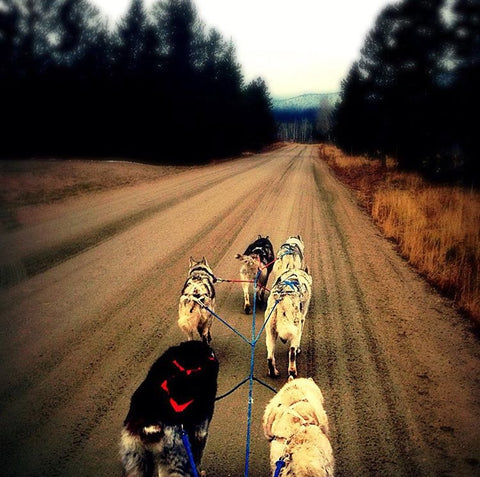
What is your favorite part of being a musher?
The dogs. It's like becoming a part of a wolf pack. You live together and run together. When you are out in the wild alone with your dogs, you only have each other. The bond that forms between you and your team is magical, something that is indescribable. I just love my dogs and am really passionate about the sport. Just think of it as going on a nature expedition with 6 of your closest friends. Things could go wrong and things could work out great, but all the while you are laughing and they are howling!

Check out their awesome 99 adventures on Instagram @mtnwolfpup! You can also see more sled dogs in action at http://www.colomtnmushers.org/ Sofia and her pack are part of the Colorado Mountain Mushers team.
A special thanks to Sofia for taking the time to answer all of our questions and taking part in our Working Dog Wednesday story, we really appreciate it! We love getting to know the incredible working dogs out there! If you or someone you know has a unique story to share, please message us on Facebook or Instagram for a chance to be our next Working Dog Wednesday story!


